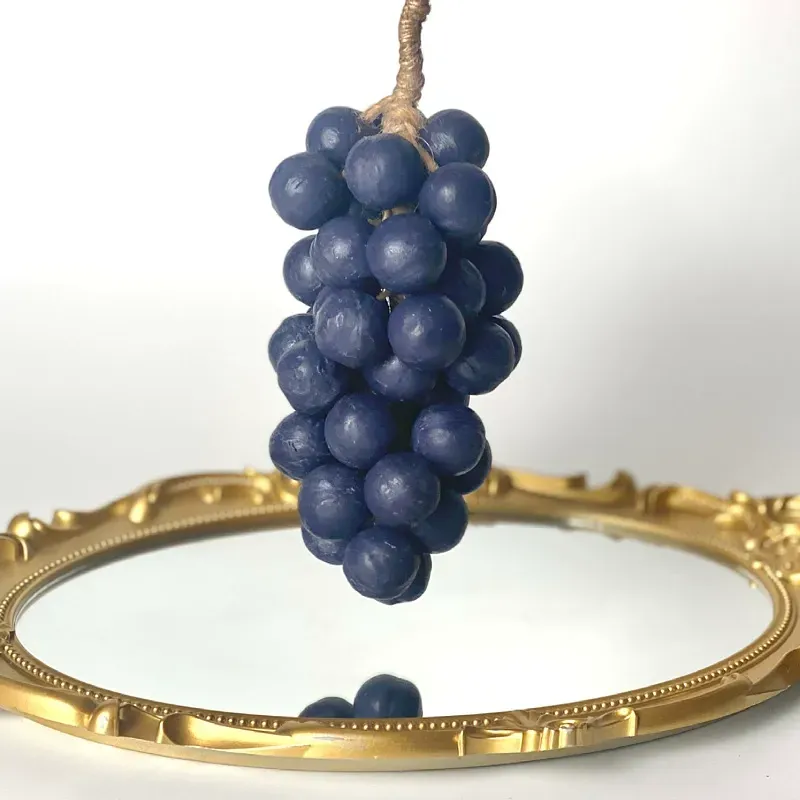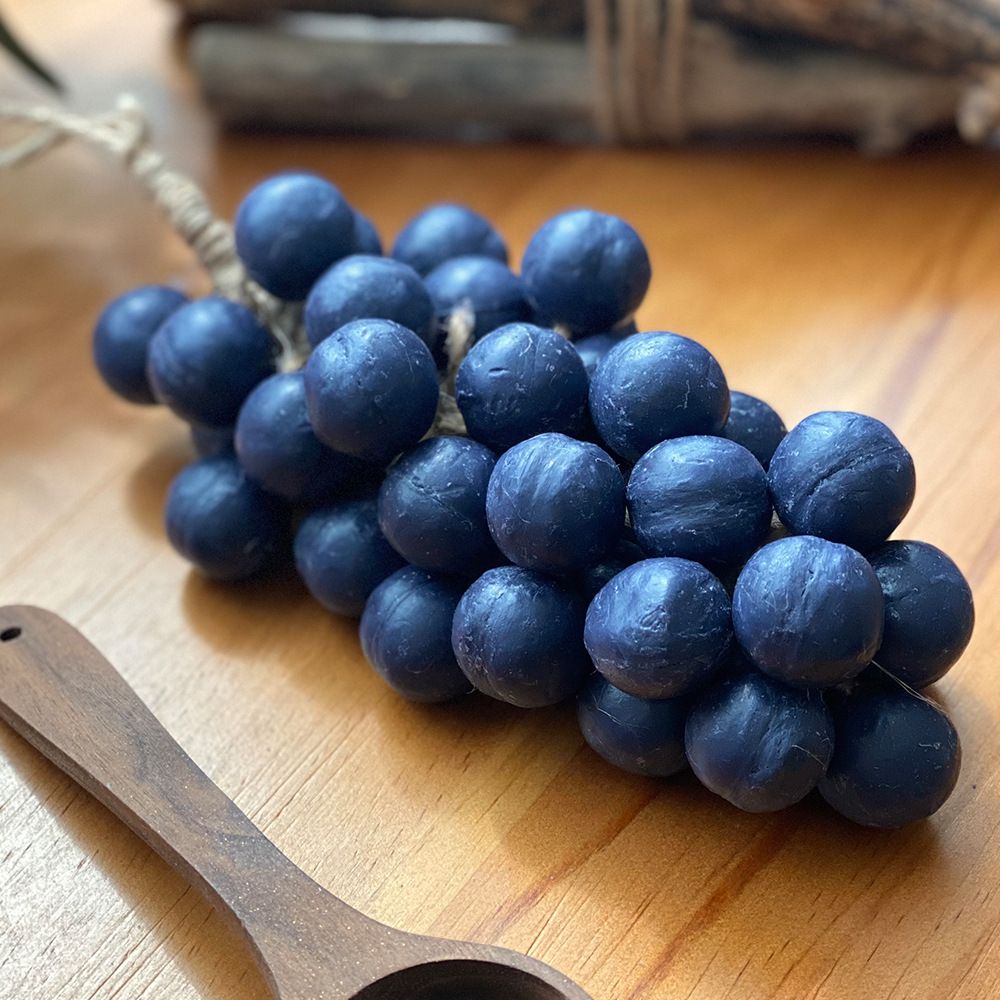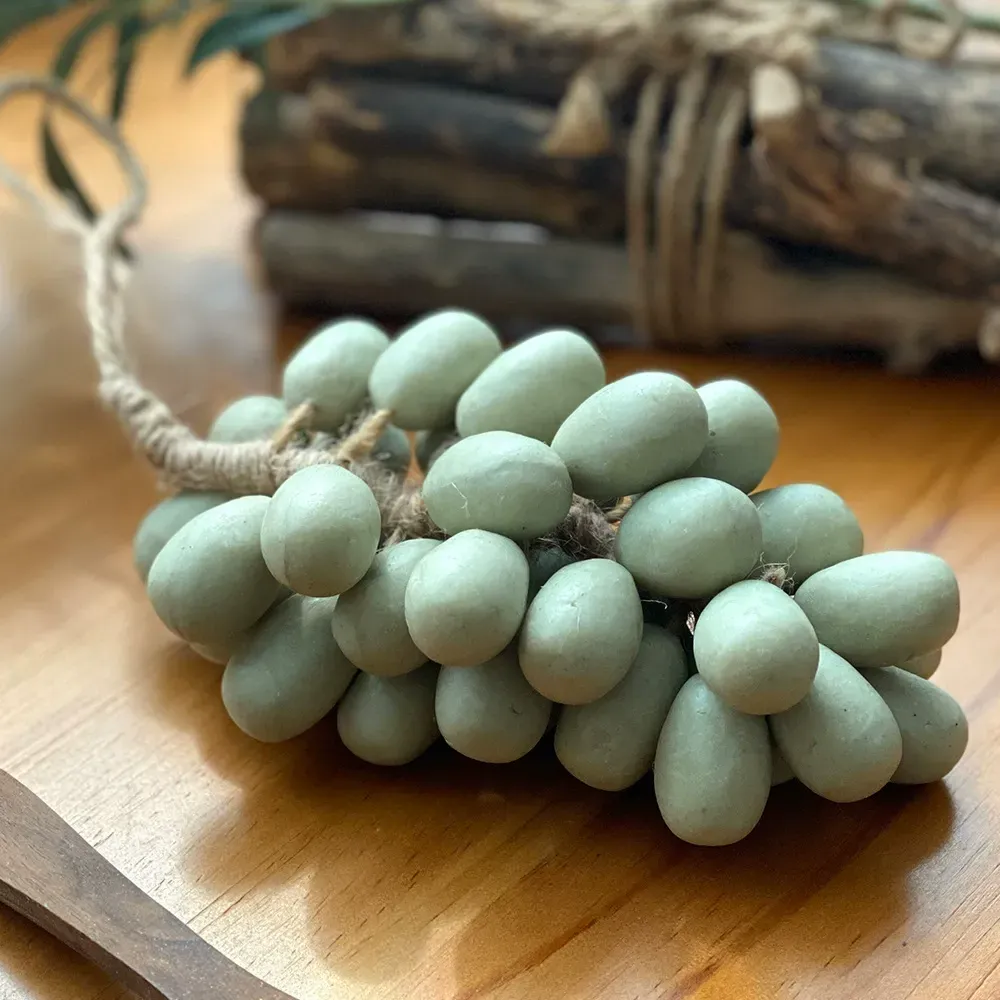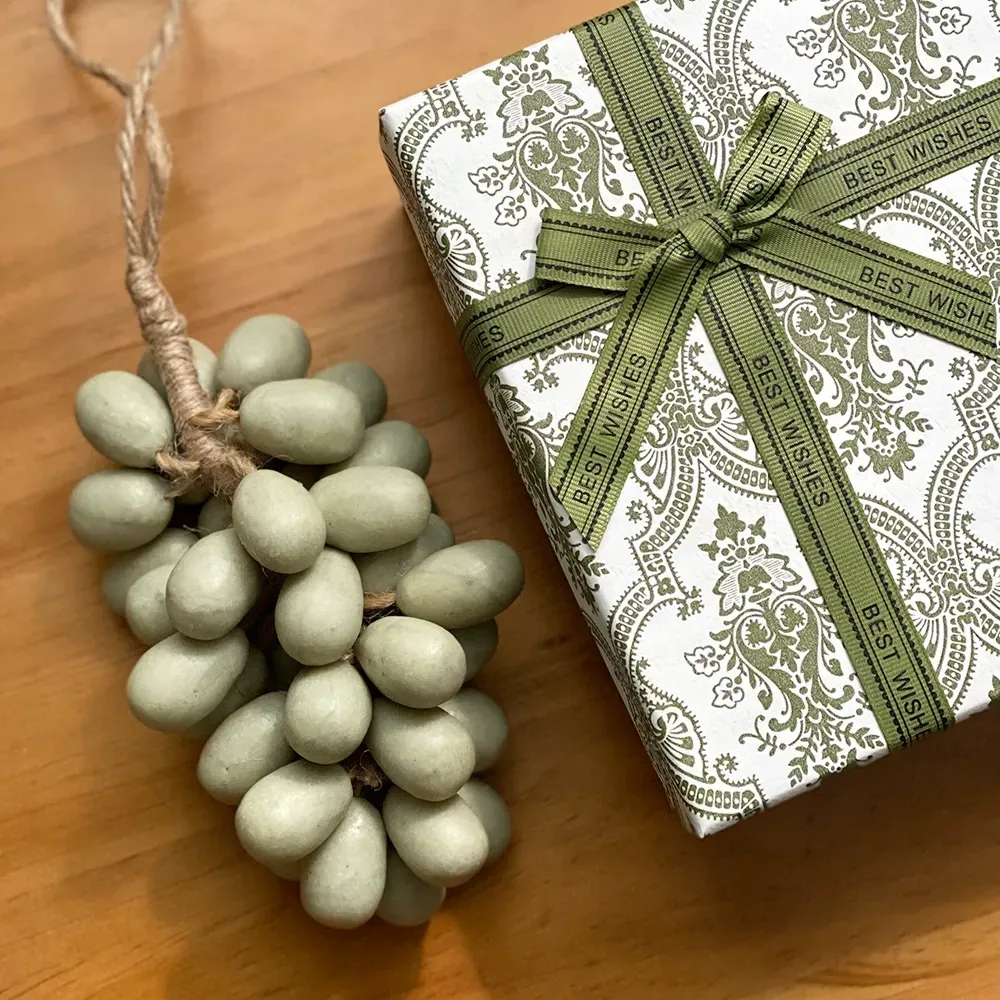Making your own handmade soap allows you to say goodbye to chemical additives, embrace natural ingredients, and enjoy the fun and immense sense of accomplishment that comes with a DIY project. If you've always wanted to try but don't know where to start, don't worry! This tutorial will walk you through the most common cold process method, helping you take your first step into soap making.
Step One: Preparation Before You Begin
Safety is the most important part of handmade soap making because it involves the use of sodium hydroxide (commonly known as "lye" or "caustic soda"). You must strictly follow these safety guidelines:
Protective Gear: Wear safety goggles, acid/alkaline-resistant gloves, and long-sleeved clothing.
Work Environment: Choose a well-ventilated area and ensure no children or pets are present.
Correct Mixing Order: Always slowly pour the lye into the water, never the other way around.
Tool Checklist:
Digital scale (accurate to 0.1g)
Stainless steel pot (for heating oils)
Heat-resistant container (for mixing lye, do not use aluminum)
Stick blender
Thermometer (at least 2, for measuring oil and lye solution temperatures)
Silicone or wooden molds
Step Two: Mastering the Cold Process Recipe: Basic Ingredients
All handmade soap is made using a core principle: Oils + Lye + Water = Soap + Glycerin.
Oils: The main component of the soap, which determines its hardness, cleansing power, and moisturizing qualities. Beginners can start with common recipes that use olive oil, coconut oil, and palm oil.
Sodium Hydroxide (Lye): The key ingredient for saponification. It must be weighed precisely; do not change the amount.
Purified Water: Used to dissolve the sodium hydroxide.
Step Three: The Handmade Soap Making Tutorial: 6 Simple Steps
Step 1: Prepare the Lye Solution Pour the required amount of purified water into a heat-resistant container. Then, slowly and in portions, pour the sodium hydroxide powder into the water, stirring gently with a heat-resistant utensil. The mixture will heat up and produce fumes; this is normal. Stir until it is completely dissolved, then set it aside to cool.
Step 2: Melt the Oils Weigh all your solid oils (like coconut oil and palm oil) and place them in a stainless steel pot. Heat on low until they are completely melted, then turn off the heat.
Step 3: Measure the Temperature Use a thermometer to measure the temperature of both the lye solution and the oils. The ideal mixing temperature is 104-113°F (40-45°C). If they are too hot, wait for them to cool down.
Step 4: Mix to "Trace" When both the lye solution and the oils are in the ideal temperature range, slowly pour the lye solution into the oils. Use a stick blender to begin mixing. The mixture will gradually thicken. When you can drizzle some of the soap on the surface and it leaves a visible mark that doesn't disappear immediately, it has reached "trace."
Step 5: Pour into the Mold Once it has reached "trace," quickly pour the soap batter into the prepared mold. You can add a finish to the top if you like, then cover it with a towel or blanket for insulation.
Step 6: Unmold and Cure After 24-48 hours in the mold, the soap should be hard enough to unmold. Cut the handmade soap into bars, then place them in a cool, dry, and well-ventilated area for a 4-6 week curing period. This process allows excess moisture to evaporate, making the soap gentler and more stable.
Congratulations! Once you've completed all the steps and patiently waited for the curing period to end, a natural, thoughtful, and truly yours handmade soap is born!




